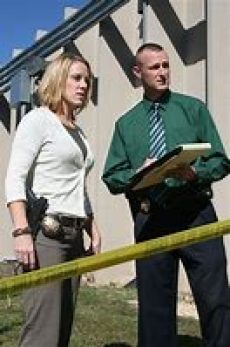Hello, fellow mystery and crime thriller writers. Have you ever found yourself grasping at vapor on the wind as you try to weave together the intricacies of our plot? You fight to pull tiny bits of evidence or clues scattered throughout the pages of your novel into a cohesive “ah-ha” moment that will thrill your readers. If you face these writing woes like me, I have a real-world suggestion to address your fictional writing problems.
Use dialog to coalesce your evidence threads while building tension!
During almost two decades of conducting criminal investigations, one of the greatest assets in my tool kit was the canvass interview. My first commander liked to say, “nothing beats a great canvass.” He was right!
As writers, we understand nothing happens in a vacuum. The same is true for real-world crimes. Weaving canvass interviews into the dialog of your crime scene and investigative storyline can pay huge dividends.
Canvass interviews allow the investigative team to gather information from anyone and everyone who might have seen or heard something related to the crime. Read any investigative report about any crime, and the witness statements will contain vastly differing perspectives on what happened. We each visualize, interpret, and retain information based on our own experiences, habits, and social norms. As writers, we can use this to help flush out minute bits of evidence which by themselves seem mundane but, when pulled together at a later point in your novel, can provide the plot twist you desire.

While developing my plot outline, I will draft mock canvass interviews for any witnesses who interact with my protagonist or main supporting characters. I’ll jot the interview results down on pieces of paper or index cards and set them aside for my draft. I approach this like an actual investigation covering a multitude of topics.
- The background of the witness/individual
- Why are they in the area
- The time of day
- Were they alone
- What they were doing
- What did they see, hear, smell, etc
- Who do they think committed the crime
- Did they know the victim
- When was the last time they saw the victim
- Did they know where the victim lived, worked, etc
There is no wrong or correct answer when developing these canvass interview worksheets. Police Magazine has an excellent article on conducting an area canvass that can provide additional tips on the process.
Using the index cards, I intersperse the details at critical points in my draft. The goal is to leave a trail of breadcrumbs guiding my protagonist to my antagonist’s identity, all while keeping the reader glued to the pages.
Adding canvass interviews might be the thread that pulls your entire story together! If you’re unsure how to use this process or have questions, please send me a line via my contact page.
Best of luck!

